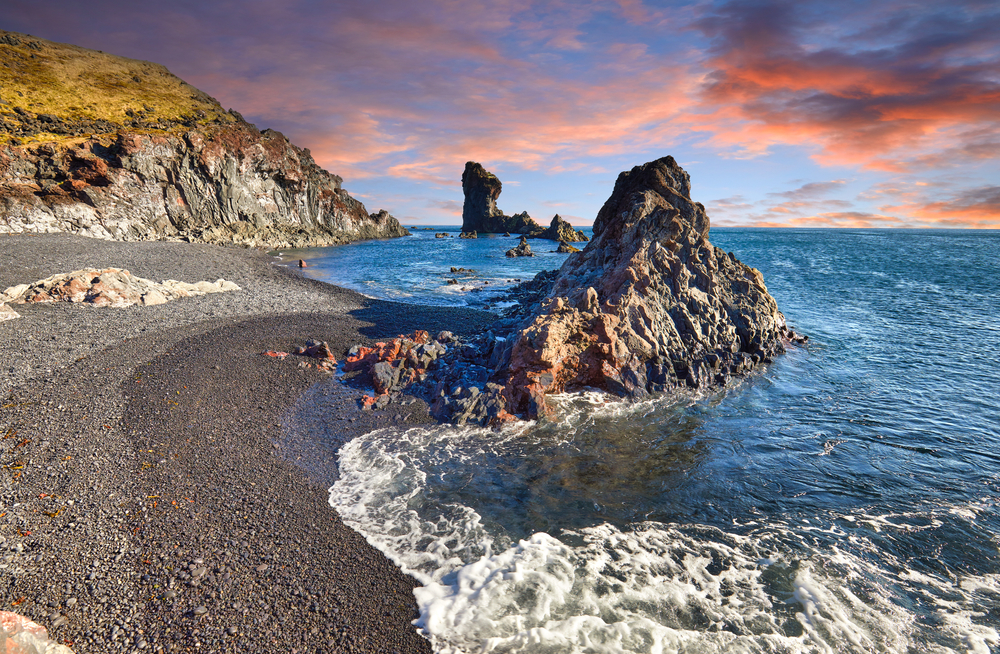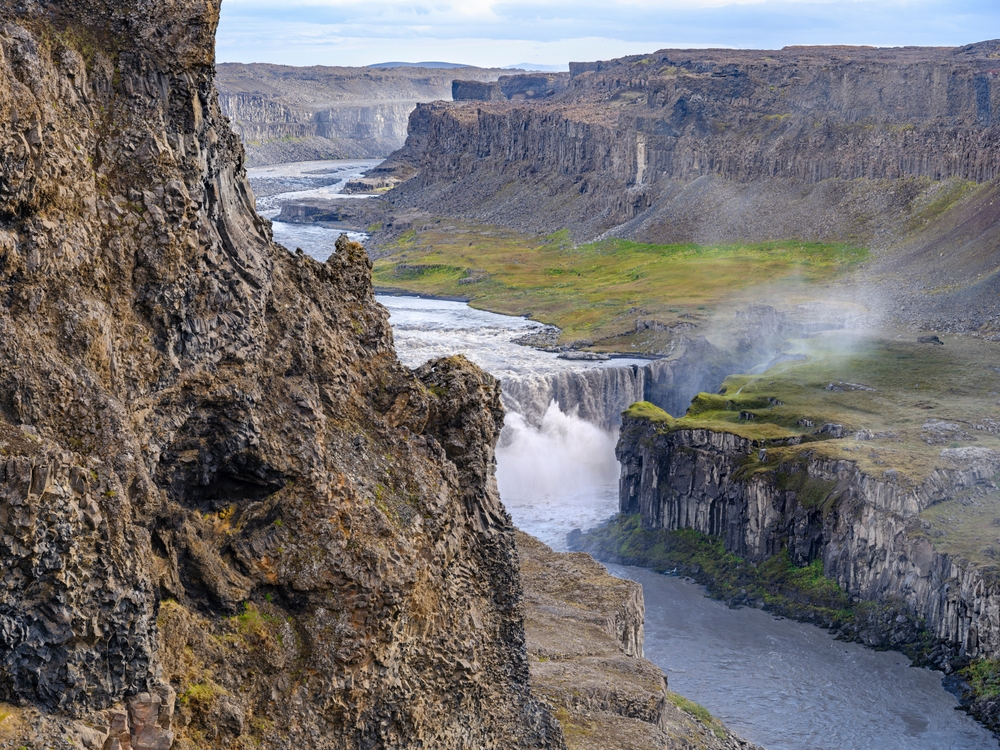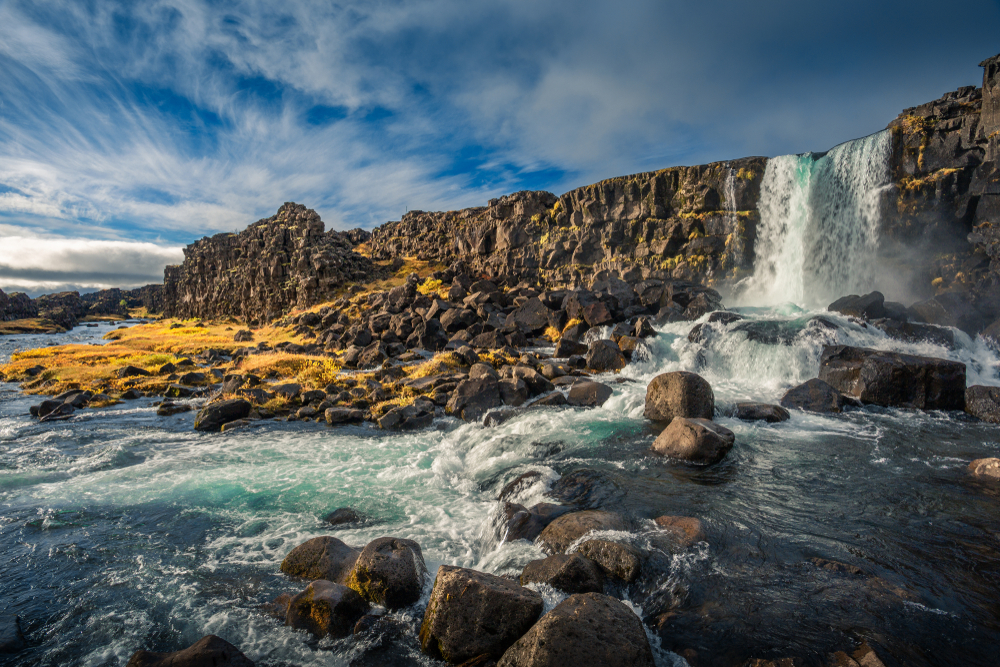Snaefellsjokull Overview
Snæfellsjökull National Park, or Snæfellsjökull þjóðgarður in Icelandic, is a gem of natural beauty located on the western tip of the Snæfellsnes Peninsula in Iceland. Covering approximately 65 square miles (170 square kilometers), it is one of the smallest national parks in Iceland but boasts extraordinary geological, cultural, and ecological significance.
The park is named after its most iconic feature, the Snæfellsjökull glacier-capped stratovolcano, which rises to an elevation of 4,744 feet (1,446 meters). This striking landmark has captivated people for centuries, partly due to its literary fame in Jules Verne’s novel Journey to the Center of the Earth. On clear days, Snæfellsjökull can be seen from the capital city of Reykjavík, about 75 miles (120 kilometers) away.
The park’s terrain is diverse and dramatic, characterized by lava fields, basalt cliffs, volcanic craters, and rugged coastlines. The volcanic activity of the region has sculpted an otherworldly landscape dotted with fascinating formations like the Saxhóll Crater, which offers visitors panoramic views of the surrounding area after a short climb.
The coastal areas feature black sand beaches and sea cliffs teeming with birdlife, while the moss-covered lava fields create an ethereal atmosphere. Vegetation is sparse but includes hardy Arctic plants like dwarf birch and heather, thriving in the harsh subarctic climate.
Snæfellsjökull National Park is a haven for wildlife enthusiasts, offering the chance to see Arctic foxes roaming the lava fields and seals basking along the shores. The waters off the coast are rich in marine life, including orcas, minke whales, and dolphins, which can often be spotted during boat tours.
The cliffs and rocky outcrops attract a variety of seabirds, including puffins, kittiwakes, and guillemots, making the park a paradise for birdwatchers.
The park’s most popular features include the Snæfellsjökull glacier itself, which is a favorite destination for adventurous hikers and glacier climbers. Guided tours allow visitors to safely explore the icy expanse while enjoying breathtaking views of the Atlantic Ocean.
Djúpalónssandur, a black sand beach scattered with remnants of a shipwreck, invites visitors to test their strength with ancient lifting stones, once used to assess fishermen’s capabilities. Meanwhile, Vatnshellir Cave, a lava tube accessible by guided tours, offers a glimpse into the region’s subterranean world.
Visitors can experience the park through various activities such as hiking, glacier tours, birdwatching, and exploring the park’s volcanic features. Scenic drives around the peninsula provide stunning vistas, while local folklore and history add a cultural dimension to the experience.
The park’s management focuses on balancing conservation with sustainable tourism, working to protect the fragile ecosystem from the pressures of increased visitation. Efforts to monitor and preserve biodiversity have seen success, although challenges such as climate change and invasive species remain ongoing concerns.













































































